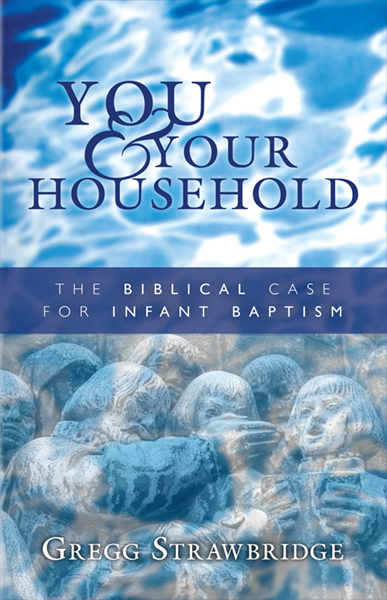Nathanael is flabbergasted at Jesus’ knowledge of him before they met face-to-face. Philip told Nathanael that they had found the one of whom Moses and the prophets wrote: Jesus, the son of Joseph, the one from Nazareth. Nathanael was in disbelief that God’s “good one” would come from Nazareth. Philip called him to “come and see.” Once he met Jesus and Jesus told him about his “vision” of Nathanael under the fig tree, Nathanael confessed that Jesus was the Son of God, the King of Israel. Jesus tells him that if he believed because he saw Nathanael under the fig tree, just wait. He and the rest of the disciples will see greater things than these; namely, they will see heaven opened and the angels of God ascending and descending upon the Son of Man (Jn 1:43-51).
This scene of calling Philip and Nathanael fits within a larger structure in the opening of John’s Gospel. After strongly alluding to the fact that the Word-made-flesh has come to make a new creation in his Prologue (Jn 1:1-18), John then lays out a week in 1:19—2:11 marked out clearly by John’s “and the next/following day” (1:29, 35, 43). Days five and six are skipped to move to the seventh day in 2:1 (“after three days”) when Jesus brings in a Sabbath rest by turning water into wine. Each of these days has echoes of the original creation days.
John 1:43-51 is the fourth day. On the first fourth day, God created the sun, moon, and stars and placed them in the firmament to rule (Gen 1:14-19). God called the firmament “heaven” (Gen 1:8). The firmament both connected and separated God’s throne from the earth. The firmament joins heaven and earth but keeps the waters above and the waters below separate (Gen 1:5-8). In the firmament were the heavenly bodies that ruled. In the old creation, these heavenly bodies were angels. Angels are God’s messengers who carry out his word in the world (Pss 104:4; 103:20).
This firmament fourth day imagery helps us understand what is going on with Jesus and Nathanael and the greater works to which Jesus refers at the end of the scene.
The image of angels ascending and descending upon the Son of Man is first an apparent reference to Jacob’s vision in Genesis 28. Jacob left the land of Canaan to fetch a wife (or two) from his uncle Laban while also fleeing from Esau’s murderous wrath. He came to the city of Luz and camped there, putting a stone under his head for a pillow. As he sleeps, he sees a stairway to heaven (sometimes translated as “ladder”). This stairway is most likely a pyramid or ziggurat, both of which are stylized mountains.
Mountains connect heaven and earth. They are like the firmament with heaven above and earth beneath. They are the place where God meets with man. The Garden of Eden was on a mountain. God gave the Law on Mt. Sinai. The Temple was on a mountain. In fact, the Temple and the Tabernacle before it were symbolic mountains where God’s people would ascend into his presence.
Jacob sees angels ascending and descending on this mountain-stairway. God is sending his angels to execute his word for Jacob. He will cause all of his promises to Abraham to be fulfilled through Jacob (Gen 28:10-22). When Jacob awakens, he calls the place “Bethel,” which means house of God. This is the gate of heaven.
Jesus says that he is that firmament-stairway between heaven and earth. As Nathanael confessed, Jesus is the Son of God, God’s true image, to whom is given the right to dominion over the earth. The angels of God will be his messengers, sent out by him to minister to the saints to bring about their salvation (Heb 1:14).
Jesus is the gate of heaven, and the disciples will see that gate opened in Christ through his death, resurrection, and ascension. John the Apostle has a vision of this door opened in heaven in Revelation 4.
Jesus intertwines the story of Jacob with a vision from Daniel 7 when he calls himself the Son of Man. He’s not denying the title Son of God because the Son of God is also the Son of Adam, the true image of God. In Daniel’s vision, he sees the Son of Man ascend to the Ancient of Days to receive a kingdom. Jesus tells his disciples that what they see now is nothing compared to what they will see when he finishes his work of suffering to be exalted to rule.
But they must stick with him. They must follow him to the end. The promised kingdom isn’t coming immediately. Many things must happen before that day, some of which will shake their faith to the core. However, if they continue to believe, if they continue to follow Jesus, they will reign with him.
And so will we if we do the same.















